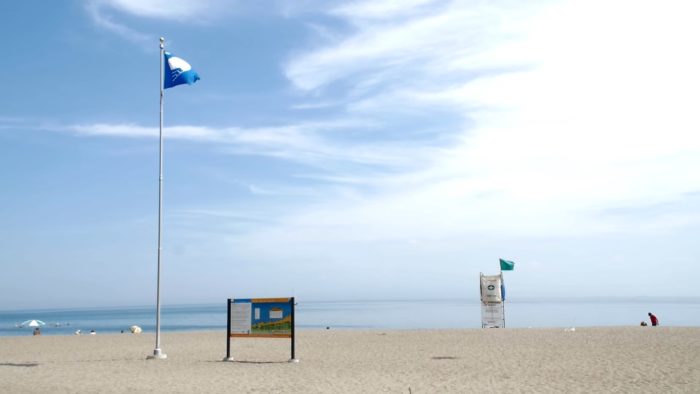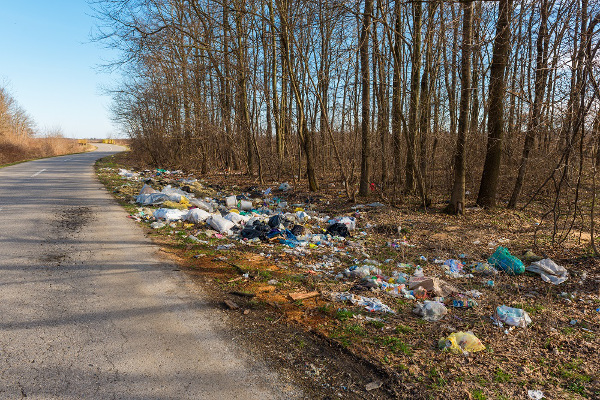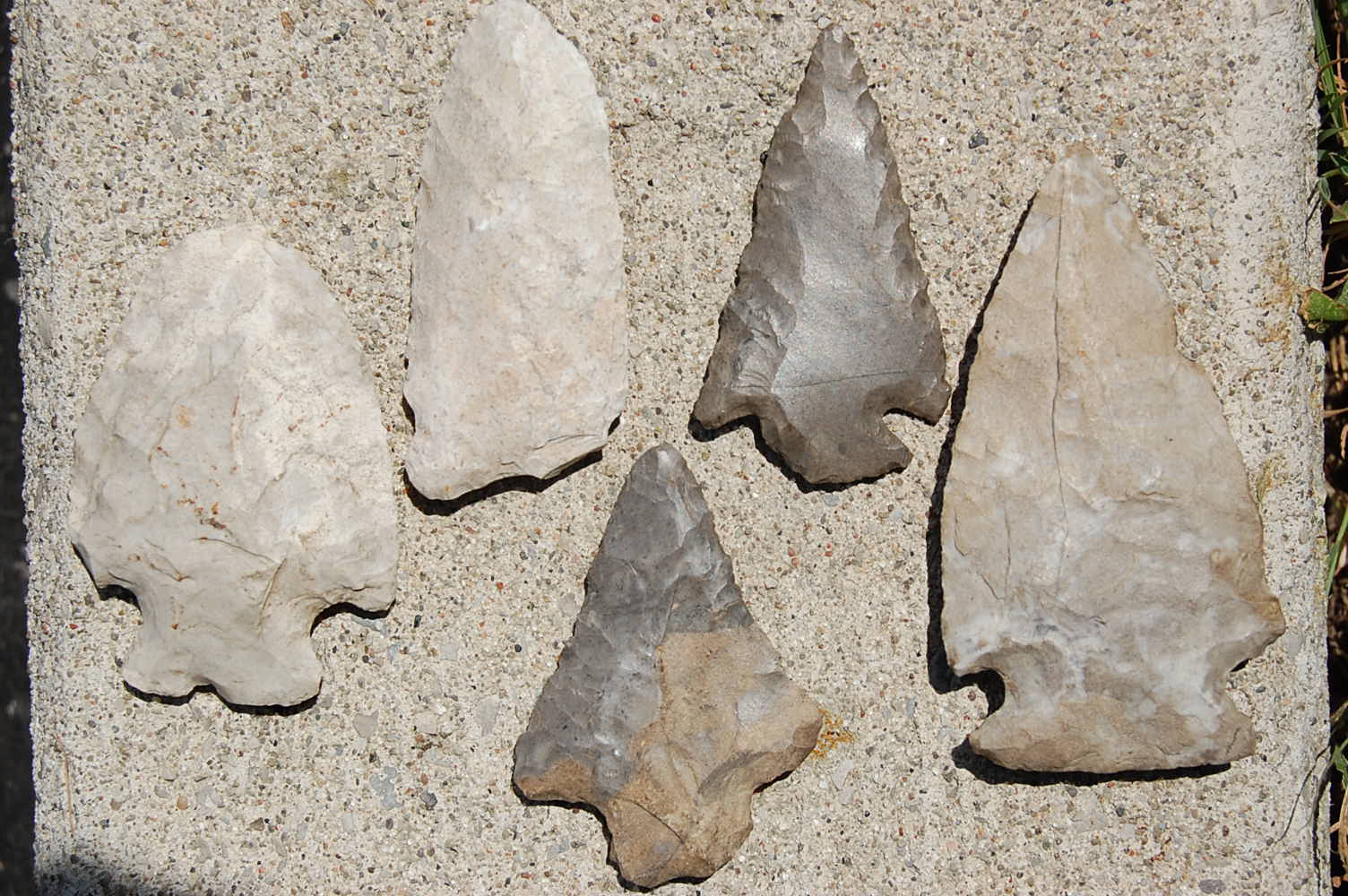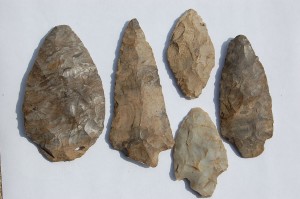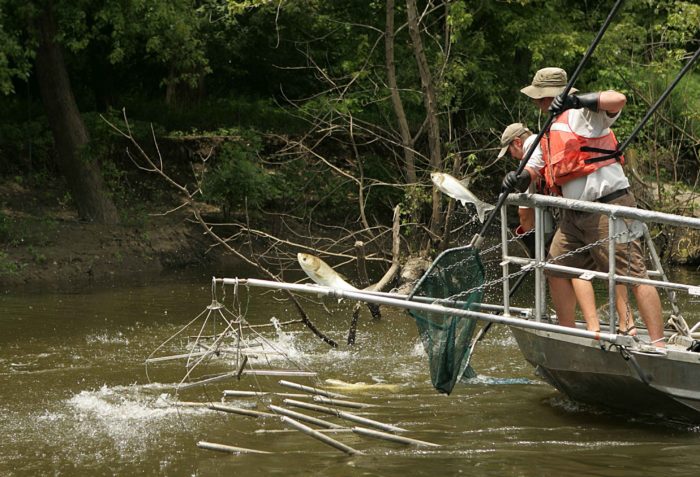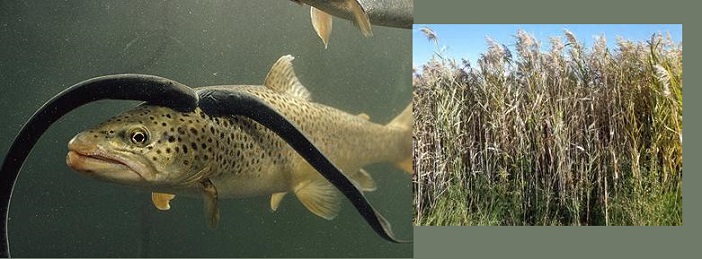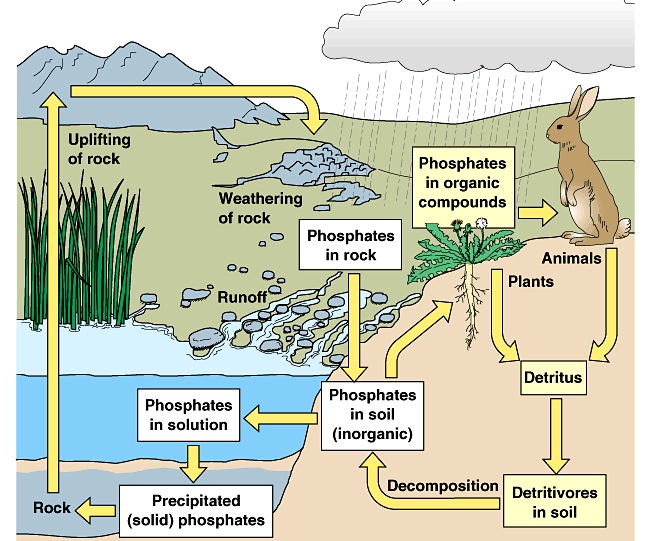 |
|||||||||||||||||||||||||||||||||||||||||||||||||||||||||||||||||
| Why you shouldn’t dry clean your “Dry Clean Only” clothes
|
|||||||||||||||||||||||||||||||||||||||||||||||||||||||||||||||||
Tag Archives: Great Lakes
Archaeology Pioneers Of The Americas
The tradition of archaeology in the Americas (both North and South America) is defined by cross-cultural comparative research that draws heavily on an innovative tradition of regional-scale fieldwork.
Many early archaeo-pioneers worked in multiple culture areas of the Americas, seeking direct connections between the archaeological record and living or historical indigenous peoples, and fostering close ties with the related field of anthropology as a result.
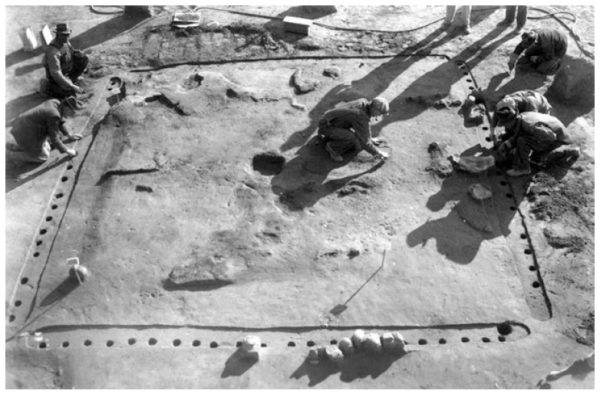
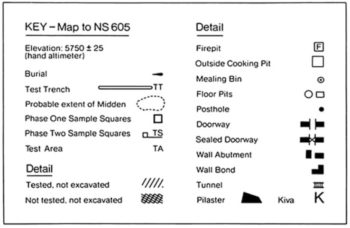
Such pioneering archaeological efforts across the globe are often lauded for their early attention to stratigraphy and the association of geological or cultural strata with change in human societies over time. In the Americas, as in other parts of the globe, such attention was often the result of non-systematic excavations into mounds of anthropomorphic origin. In other words- ‘grave robbers’. Continue reading by clicking here. For the Silo, David M. Carballo /academia.edu / Department of Archaeology, Boston University/ Jarrod Barker.
Featured image- Archaeological Pioneers Of The Americas Gordon Willey Tula Mexico
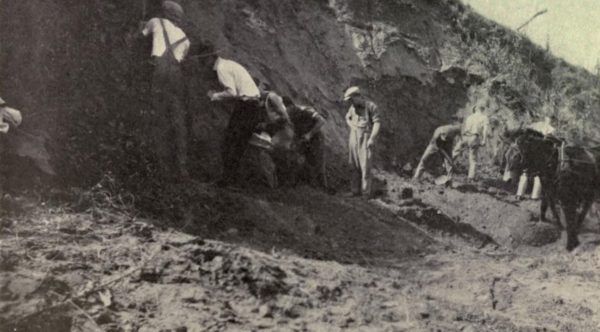
Supplemental- Cahokia: Ancient Village in the Great Lakes
Record Number Of Clean Beach Blue Flags Now Flying
 |
||||||||||||||||||||||||||||||||||||||
    |
||||||||||||||||||||||||||||||||||||||
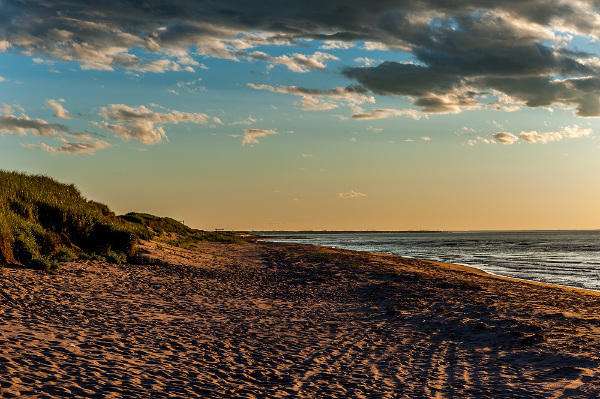 More Canadian beaches and More Canadian beaches andmarinas awarded Blue Flags
|
||||||||||||||||||||||||||||||||||||||
Ancient Arrowheads Made From Ancient Haldimand Stone
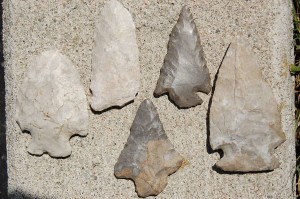 I am sure some of you may have heard this story before, a friend goes out for a walk in the forest and returns back later holding what appears to be an arrowhead. Conversations about the artifact are followed with curiosity to learn more. Questions are asked such as, who made the artifact? How old is it? What type of rock was used to make it? How was it used?
I am sure some of you may have heard this story before, a friend goes out for a walk in the forest and returns back later holding what appears to be an arrowhead. Conversations about the artifact are followed with curiosity to learn more. Questions are asked such as, who made the artifact? How old is it? What type of rock was used to make it? How was it used?
For most people, arrowhead is a popular name used to describe the artifact they have found. In archaeology, arrowheads are generally called projectile points, but we will call them points for now. However, names are given to different types of points based on how archaeologists think they were used. Depending on their weight, size, and shape points can be called a spear, dart, or arrow point. Spear points are normally heavy, large, measure between 8cm to 17cm in length, and most likely tipped the end of a long wooden shaft. Dart points tend to be thick in the middle, light in weight, usually measure from 4cm to 8cm in length, and tipped the end of a long narrow wooden shaft thrown with the help of a dart-thrower. Arrow points are almost always triangular in shape, very thin in the middle, very light in weight, measure 2cm to 4cm in length, and hafted to a short narrow wooden shaft fired from a bow.
So who made these artifacts?
In most cases, they are referred to as Indians. In fact the name Indian was given to the first people met by Europeans arriving in the New World because at first they thought they had landed in India. The name has stayed ever since. Aboriginal is a name used by anthropologists and archaeologists alike when discussing the first people to the New World. We now know Aboriginals lived a hunting-gathering life style whether they lived nomadic or sedentary life styles. We don’t know the original names of Aboriginal groups, but names have been given to their points to distinguish one type from another. Some example names like Hilo, Nettling, and Genesee have been created for specific types of points.
Just how old projectile points are is determined using a technique called radiocarbon dating when uncontaminated organic material is recovered next to a point.
Archaeologists have been able to determine when a point was made in a specific time period based on the results of radiocarbon dating methods, but these are approximate dates. In Canada, the oldest known points are called Clovis points dating up to 11,200 years ago. Similar points have been found in the Great Lakes region dating around 10, 600 years ago.
Most projectile points found in the Lake Erie region of Norfolk and Haldimand County are made from a sedimentary rock high in silica called chert giving the stone a glassy ring to it when two pieces are hit together. What is unique to this region is that almost all points found in Norfolk County were made from chert originating from Haldimand County. Aboriginals either made their points in Haldimand County or picked up chert as rectangular nodules and carried it in tumpline baskets into Norfolk County where stone tools were made, including points.
Chert was only one of several materials used to make these points. Other materials such as wood, bone, and antler were also used, but because they are organic materials most of these points have decomposed over time. There were some attempts to make points from metal such as natural copper, but after contact with Europeans arrow points began to be made from metal products traded with Aboriginals.
Most often projectile points were used to hunt animals because they could create a serious wound to an animal to slow it down, but they were also useful as other types of tools.
While points are sharply tapered, many are wide with rounded or curved cutting edges suggesting as use other than hunting animals. Many points were used every day as knives, scrapers, and even drills because the chert they were made from produced a very sharp edge. However, the one problem with all points is that they break frequently during use and need repairing on a regular basis. This would explain why many broken projectile points been found.
Why are so many projectile points different from one another?
Archaeologists suggest points were used to distinguish one group of people from another. The abundance of points also suggests many were made for the purpose of exchanging and bartering for other resources, especially if they were made from a chert that was considered exotic in colour or resistant to breakage. In fact, chert found along the Onondaga escarpment in Haldimand County and ends in southern New York State was widely transported and exchanged because it was resistant to breakage compared to other types of chert. Lastly, point styles may reflect a response by Aboriginals to adjust the shape or style of the point to changing environments and food resources.
So the next time you get a chance to visit a museum with Aboriginal artifacts with a friend who found a projectile point, or maybe you found a point yourself, think about the amount of history held within this one artifact. Remember, it was made by a person who once lived, breathed, and walked across the very same landscape you live on today. If you look closely at a projectile point imagine what stories it could tell you about the past. For the Silo, Lorenz Bruechert.
Lake Erie Fisheries At Risk Or Set For Bolstering From Invading Fish
No perch or pickerel in Lake Erie’s fisheries future? The tasty fish our Great Lakes are known for, and all other sport fish, could be decimated if the insidious Asian carp migrate from the Mississippi watershed.
Combined, the four Asian carp species could decimate the Great Lakes fishery by out competing our native fish.
Plankton, which is the base of the Great Lakes food chain, is consumed by silver and bighead carp. Grass carp prefer plants while black carp eat mollusks. Asian carp can consume up to 20 per cent of their weight every day.
Since escaping impounds near the mouth of the Mississippi River, the carp have spread north and are very near the Great Lakes in the Chicago Sanitary and Ship Canal. So far, everything from electric barriers to water-propulsion jets to noise cannons have been considered to keep them at bay.
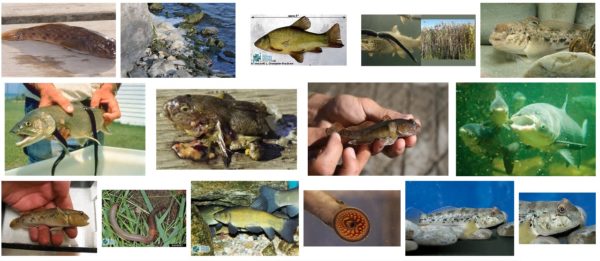
But, the systems aren’t perfect. A silver carp was caught on June 22, just nine miles from Lake Michigan. Two weeks of intensive monitoring did not find any other carp. The captured fish has been sent for laboratory analysis to search for more clues on how it got there.
While some fear this is the beginning of the end, it should be noted that a bighead carp was also found in the area in 2010. The protocol for stepped-up monitoring wasn’t in place then, but no Asian carp have been found in the area in the ensuing seven years.
Most of the media attention rightfully is focused on the Chicago Sanitary and Ship Canal (zoom and scroll on the map above) as a route for the invasion, but it is not the only possible route. Silver carp have been found in the Ohio River and that state’s Little and Great Miami Rivers – all pathways to Lake Erie. Barriers have improved in Indiana’s Eagle Marsh, where, during flooding, there is a possibility carp could move from the Mississippi watershed to Lake Erie.
Although science and technology continue the search for solutions to the Asian carp threat, politics can get in the way. The Great Lakes states, with the exception of Illinois and Indiana, were in favor of blocking the Chicago Sanitary and Ship Canal. Perhaps the last president hailing from Chicago was a factor in this not happening.
While on holidays in Louisiana, I testified at Army Corps of Engineers hearings for their Great Lakes and Mississippi River Interbasin Study. I support chemical, electrical, vibration and other methods used to deter invasives moving up the Chicago canal.
The U.S. administration has stalled the release of their report, although two weeks ago, the U.S. Senate Appropriations Committee approved a bill that would force its release. The bill had support from both sides of the House.
Similarly, there has been bi-partisan support to block a move in the presidential budget that would slash the Great Lakes Restoration Initiative funding from $300 million to zero. A portion of that funding goes to Asian carp programs.
On the home front, I have pushed for legislation that Asian carp brought into Ontario for food must first be eviscerated.
Ontario has passed the Invasive Species Act, becoming the first province with legislation dedicated to addressing the threat. Asian carp are included in this law.
Much of the attention and expenditure on Asian carp has been south of the border. In my view, more could be done in Ontario. For the Silo, MPP Toby Barrett.
Featured image- Electrofishing for the invasive Asian carp (Photo By U.S. Fish and Wildlife Service [Public domain]
Supplemental- Is Asian Carp ‘invasion’ actually a secret ‘stocking initiative’ for bolstering commercial fishing? Published on 13 Aug 2013 Asian Carp Processing Plant- Kentucky -Two Rivers Fisheries in Wickliffe, KY is taking a run at the Asian Carp market. With an abundance of Bighead and Silver carp in nearby waterways, the fish market is set to process and sell these fish for consumption. Commercial fishermen have often said if you pay us for the invasive carp we will catch them and that is exactly what is happening in Western Kentucky.
Barrett: Ontario Invasive Species Act Still Needs More Work
When sea lamprey became entrenched in the Great Lakes, the impact on native fish was tremendous. Decades later, we are still battling lamprey, but Asian carp are waiting at the door with ramifications that will make lamprey look tame.
Fallout on ecosystems and native species is often severe, and sometimes irreversible. The damage Asian carp could do to our Great Lakes is unimaginable and the phragmites invasion is choking out wetlands across the province. Damage from invasive species is not just ecological, but also financial with estimates of $7.5 billion annually on forestry and farming.
When passed, the province’s new Invasive Species Act will make Ontario the first province to have such a law. Basically, the bill lays out how to help prevent invasive species, how to detect and respond rapidly to the presence of new invaders, and effectively manage those already established. The concept is admirable, but I do have a few concerns.
The bill has wide-ranging support from various stakeholders, but it is reactionary when in many cases a more proactive approach would be appropriate.
To start, the identification of invasive species will be done through a so-called black list. It requires harm from a species before it will be regulated. However this is reactive rather than preventative. To explain further, the approach to sea lamprey is reactive, whereas the present approach to Asian carp is preventative. It’s easier and less costly to deal with an invasive species before it’s established.
An approach that is frequently recommended, but not used in this bill, is the pathways approach. Using this approach, the regulation of invasive species is based on the risk of invasion via certain pathways so it can be regulated and the risks mitigated. One example is requiring the gutting of all Asian carp imported into Canada for food to make sure they are dead.
The bill does not outline a science-based approach to risk assessment and decision making. My concern is red tape to identify invasive species will hamper prevention efforts.
The act downloads the responsibility of implementation to landowners, but leaves little incentive for landowners to act. As a property owner, I have concerns the bill will be punitive and unfair.
The bill creates two classes of invasives – significant threat and moderate threat. Although there are tools to deal with moderate-threat invasives in provincial parks, there are no tools or authority for private landowners. I have seen this in my own battle against phragmites on our farm and the limited tool kit permissable.
Another concern is the act would create a heavy-handed regulatory scheme that will punish innocent persons who have the misfortune of having an invasive species on their land and download costs of dealing with it to the owner. I am also opposed to the warrantless entry provision for authorities to search property and buildings.
The penalties set out in the act are higher for corporations than individuals. While this concept seems sound, the government failed to take into account the fact many businesses and family farms are incorporated.
I have faith in the science personnel within the Ministry of Natural Resources and Forestry who provided the basis for the act. But I also believe there is a wealth of knowledge amongst anglers, hunters, naturalists, farmers and commercial fishermen and their associations that can be incorporated with more public consultation. Toby Barrett, MPP
Supplemental– Great Lakes Commerical Fisheries Michigan Fish Producers Conference
Ont. Liberals Pledge To End Great Lakes Runoff – Improve Beaches
For immediate release
STRENGTHENING PROTECTION FOR OUR ENVIRONMENT
Ontario Liberal Plan Introduces Next Chapter To Keep Our Water Clean
TORONTO – Only Ontario Liberals will protect our air, land and water, Children and Youth Services Minister and Minister Responsible for Women’s Issues Laurel Broten announced today.
“Ontario families care deeply about the safety of the air we breathe, the water we drink and the food we grow,” Broten said. “Today we’re taking the next step in our Ontario Liberal Plan to safeguard our environment for our children and our grandchildren.”
Ontario Liberals will defend Ontario’s precious water resources for future generations with a Great Lakes Protection Act that will be the next chapter in clean water for Ontario. It will also ensure that Ontario keeps its edge as a world leader in clean-water protection.
It’s a $52 million program that will help:
*Clean up the pollution hot spots identified by scientists, targeting Nipigon Bay, and Peninsula Harbour on Lake Superior, Detroit River, Niagara River, and the Bay of Quinte on Lake Ontario as the next priorities.
*Better prevent pollution and runoff such as phosphorous from getting into the Great Lakes by working more closely with our regional partners.
*Reconnect Ontarians with the Great Lakes in their communities, by promoting recreational opportunities, improving beaches and supporting community programs.
“Ontario Liberals have been one of the most environmentally progressive and successful governments in North America,” Broten said. “We’re proud today to continue building on our strong record of environmental protection.”
Since 2003, Ontario Liberals have reduced coal-fired electricity by more than 90 per cent – the equivalent of taking 7 million cars off the road. We have reduced pesticides in our waterways by 80 per cent and permanently protected a combined area of greenspace the size of Great Britain. We are also North American leaders for drinking water standards, endangered species legislation and pollution laws.
Under the last PC government, water inspectors were fired and Ontario earned a reputation as one of the worst places in North America for environmental protection. The Hudak PCs would take us backwards – their $14 billion hole would mean deep cuts to environmental protection. The Horwath NDP has turned its back on the environment.
– their priority would be to subsidize gas-guzzlers and they have consistently failed to support our progressive environmental initiatives like the Endangered Species Act, the Far North Act and the cosmetic pesticides ban.
“Protecting our environment is a responsibility we bear towards the next generation,” Broten said. “We – and our children and grandchildren – need the strong, steady environmental stewardship that only Dalton McGuinty can provide as we protect our environment by moving forward, together.”
For further information –
Ontario Liberal Party Media Office:
416 961-3800 ext. 328



